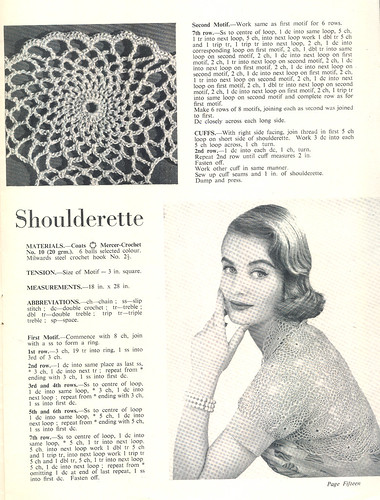By Scott Beveridge
BOZEMAN, Mt. ? A hangman's noose is the feature attraction inside a Montana museum devoted to America's Western expansion.
And this gallows executed just one man before the Gallatin County Jail was vacated and converted into the Pioneer Museum in Bozeman by the county's historical society, said Ann Butterfield, its assistant director.
"A hanging did take place here," Butterfield said, while leading a September 2010 tour of the redbrick, Bastille-like structure built in 1911.
While the prison was designed to be the best jail in the West, it took only 10 days after it opened for six prisoners to escape through an underground tunnel once used to transport prisoners to the courthouse, according to the book, "Bozeman and the Gallatin Valley: A History," by Phyllis Smith. The escapees reportedly fled town on a train, and four were captured and returned to their cells.
But the death of the banjo-playing murder convict Seth Orrin Danner is probably the most famous story haunting this museum at 317 W. Main St.
Danner met his death here at 8 a.m. July 18, 1924, after his wife, Iva, led investigators to the victims' shallow grave. She told authorities her husband had killed John Sprouse while the two fished, and, when he returned to camp, he strangled the man's wife, Florence, after crushing her skull with an axe, the Bozeman Daily Chronicle reported in February.
The newspaper, which publishes some of the funniest police reports, went on to report that Iva Danner, while on her deathbed seven decades later, confessed to shooting and killing the pregnant Florence Sprouse after the woman caught her husband and Iva having an affair. The scorned woman had gone after Iva Danner after killing her husband.
So it's quite possible an innocent man was hanged in the prison, which mostly served as a drunk tank until a new one was built in 1982, Butterfield said.
The historical society saved a handful of the jail cells for visitors to see and experience their cramped conditions when the prison housed 40 men and eight women.
One prisoner who passed through the place scrawled "I love you" on a floor, while others drew images of marijuana leaves on the walls. Another wrote, "I've been framed," inside a cell.
The exhibits here include an assortment of ladies' hats, a 16-pound ball and chain, rifles and even the Model A Ford driven by a local funeral director, Howard Nelson, who bought the car new and never parked it until just before his death in 1988, Butterfield said.
This is a destination not to be missed by travelers who pull into this part of Big Sky Country.
Source: http://scottbeveridge.blogspot.com/2011/11/where-montana-man-likely-was-wrongly.html
todd collins super bowl tickets steelers super bowl wins the brave one super bowl 2011 teams

















